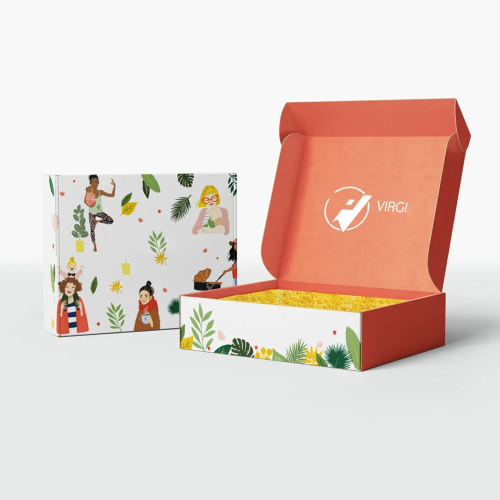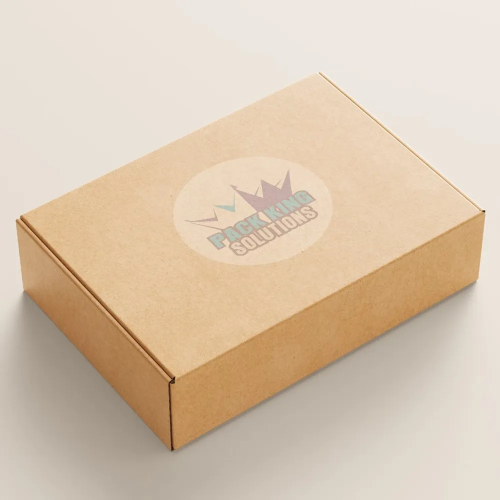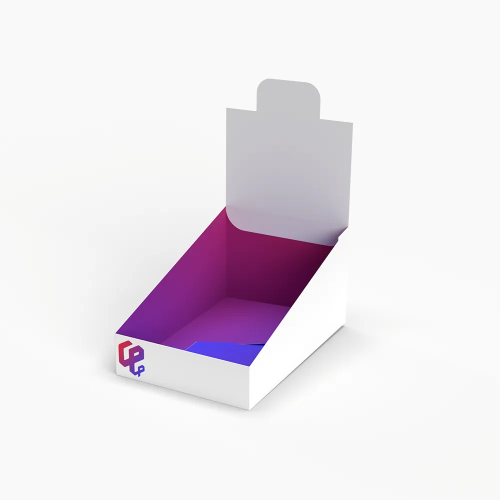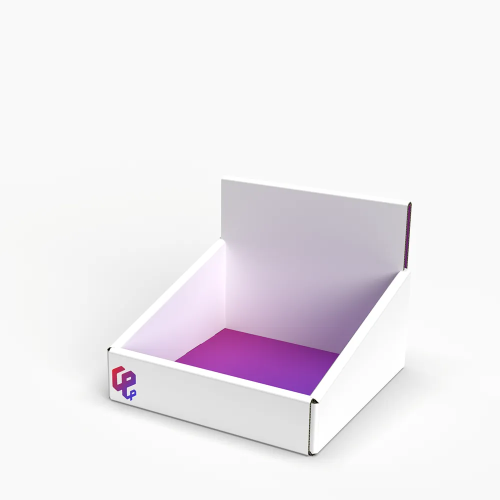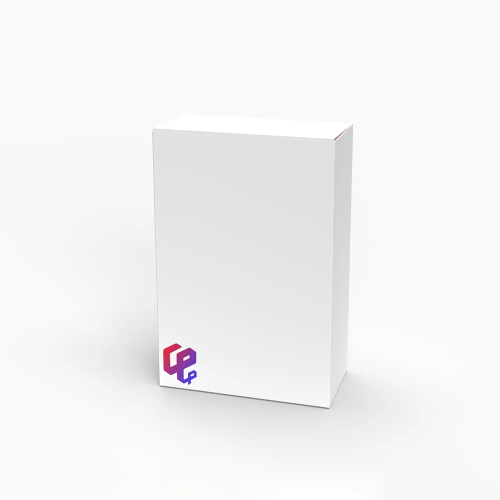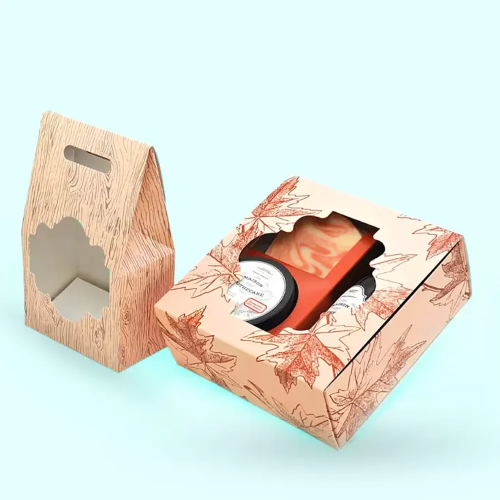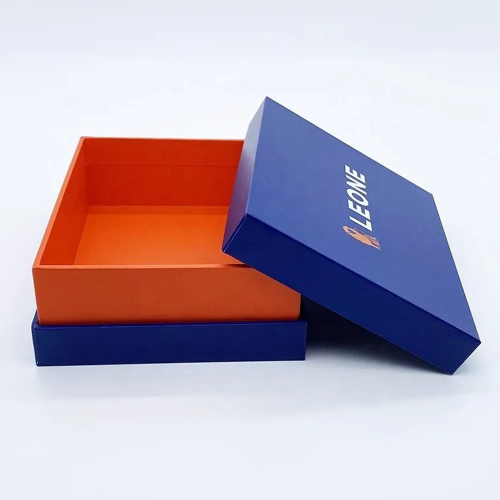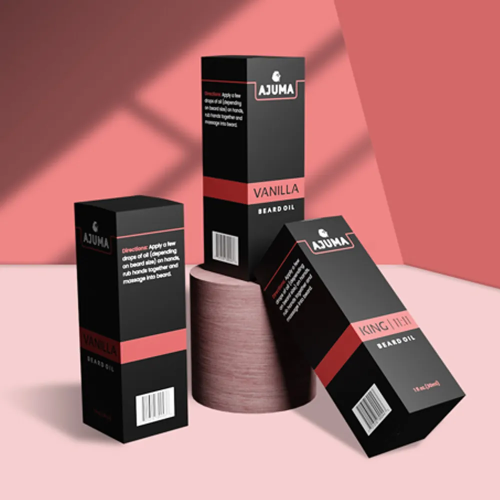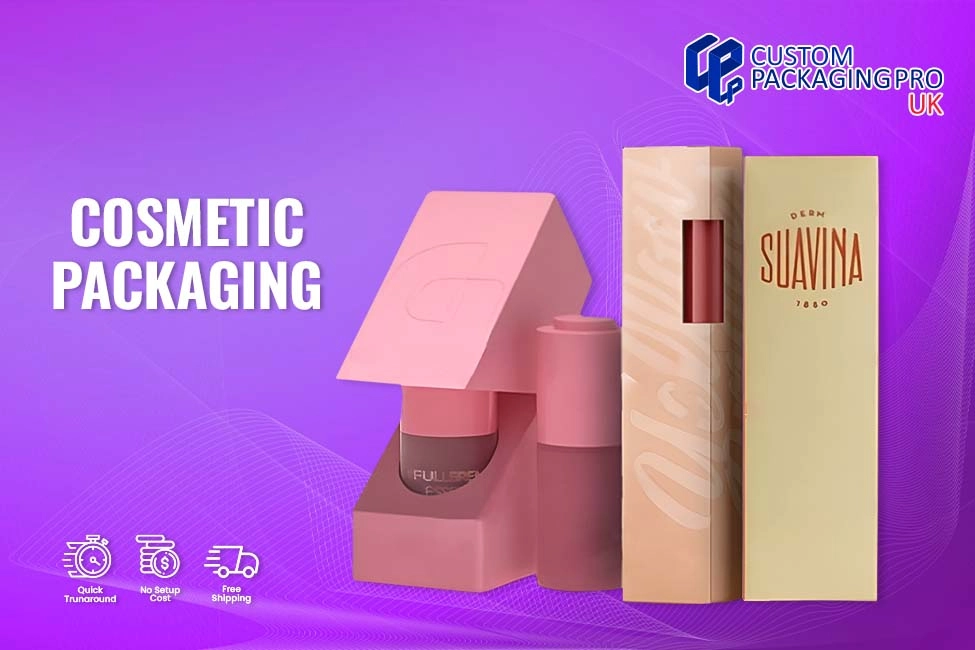Cosmetic Packaging Ensures Effectiveness and Development
April 18, 2024
Packaging is a kind of subdued art that combines design and utility to produce a tactile experience that heightens the attraction of cosmetics. This is the first point of contact between the product and the customer in a field where first impressions count greatly. In a single glance, it must engage, entice, and transmit their spirit. Cosmetic Packaging is fundamentally about preservation and protection. It ensures the effectiveness and durability of sensitive formulations by protecting them from outside factors, including light, air, and moisture. Whether a chic lipstick tube and an opulent moisturiser jar, this serves as a defender, preserving their integrity until it gets into their hands. It serves as a blank canvas for inventiveness, inspiration, and practical necessity.
Become a Brand Narrative because of Cosmetic Packaging
Brands use packaging as a compelling narrative tool, communicating their brand, values, and ethos through design cues. Each element, including the colour, shape, font, and images, has been thoughtfully chosen to express a certain feeling and atmosphere. To succeed in the very competitive market of today, one must stand out from the competition. As a result, Cosmetic Packaging now boasts a wide variety of striking patterns and unusual materials. Brands are constantly pushing the envelope of what is feasible, from futuristic glass bottles to eco-friendly bamboo containers, all to surprise and satisfy customers with innovative options. The gratifying click of a magnetic latch and the feel of a smooth, matte surface can transform a use from ordinary to abundant.
Cosmetic Packaging Becomes Eco-Friendly to Stay Dominating
A sensory branding exercise, design engages not the touch but, in some situations, the sense of smell. Cosmetic boxes significantly impacts how the user experiences a product, even beyond aesthetics. It acts as a quiet representative of ethics and sustainability. Customers are becoming more attracted to firms emphasising environmentally friendly production methods as environmental awareness of environmental issues rises. Refillable containers, biodegradable substitutes, and recyclable plastics are just a few of the advancements propelling their transition to more environmentally friendly options. Its functions as a safeguard for goods and a marketing tool are complemented by its ability to promote ritual and self-care.

Enroll Products for Management within Rigid Packaging
A crucial component of product presentation, this is an artistic expression that says volumes before the actual product can. Rigid Packaging serves as a silent salesman, a brand ambassador, and a tactile experience all rolled into one in a world where attention spans are short, and competition is severe. Imagine yourself meandering through an aisles. As you look at the things neatly displayed on shelves, one after another competes for your attention. What draws your attention among all of the options available? It is almost always them. Vibrant, striking hues; elegant, straightforward designs; humorous, captivating graphics – all of them invite you to examine them more closely, pick them up, and continue your exploration.
Rigid Packaging and the Flawless Presentation of Products
This acts as a barrier to prevent damage to the product while it is being transported and stored. Thus, this can determine a flawless product and a broken mess, whether it is delicate electrical equipment and a glass bottle. Consider it a suit of armor that protects the product from the challenges encountered during the supply chain process. Rigid Packaging tells tales. In a few short seconds, it communicates to the customer their identity, values, and promise. Its easily identifiable contour shape evokes sentiments of relaxation and reminiscence. It essentially represents intangible brand characteristics, creating an emotional bond with customers that extends beyond the product itself.
Stay Protective for Longer Period Using Rigid Packaging
Sustainable option is now essential in the eco-aware world; it is no longer a trend. Customers are requesting eco-friendly substitutes for conventional materials as Rigid Packaging becomes more conscious of the environmental impact of companies. Compostable cardboard and biodegradable plastics are only two of the many possibilities available. Companies that use sustainable option not only lessen their environmental effect but also gain the support of people who care about the environment, which enhances their reputation. Aesthetics and functionality, form and function, are all carefully balanced in design. It must accomplish its goal in addition to having a lovely appearance. The excessively detailed option can draw attention but falls short of providing sufficient protection for the goods.

Luxury Packaging Helps in Choosing Materials for Safety
Every little thing counts regarding luxury, and it is no different. To create a sense of exclusivity and refinement, every detail from the materials chosen to the precise design elements—is thoughtfully studied. Using premium materials is one of its distinguishing features. Fine paper, silk, leather, and metal are just a few examples of the materials that need to radiate luxury and refinement. These components enhance their appeal and safeguard it from harm, making it a delight to open and view. Its design holds comparable significance. Luxury Packaging must have an eye-catching design that perfectly conveys the spirit of the company and the item it includes. Every component, from complex patterns to embossed emblems, should convey their character and exude luxury and status.
Become Manageable for Longer Development through Luxury Packaging
A well-designed option not only looks attractive but accomplishes its goal well. Luxury Packaging should be simple to open and sufficiently safe to keep the product safe while in transit. Custom inserts and compartments, for example, can improve the unboxing experience and heighten the feeling of luxury overall. Every sensory element, from the smell of newly printed materials to rustling tissue paper, is thoughtfully chosen to create a multisensory experience that captivates the recipient more deeply. Furthermore, it is frequently made to function as an essential component of the product experience rather than merely a container for the item. These programs have meaning that extends far beyond their actual use. They are more than just useful tools. Therefore, they are prestige and sophistication indicators.
Luxury Packaging Builds Connection to Endure Memorable Options
It becomes even more critical in the current digital era, where much of our purchasing is online. In a world where in-person interactions are becoming fewer and farther between, Luxury Packaging Boxes becomes a concrete embodiment of the brand. As a result, it is a potent instrument for creating emotional ties and brand loyalty among customers. But its capacity to arouse feelings and build enduring memories may hold the real power. Removing a nicely packed object from it may be an exciting and delightful experience in and of itself. It is a bit pleasure indulging in an otherwise routine day. Ultimately, it is about telling a story, not merely wrap a product. The goal is establishing a relationship between the brand and the customer beyond the physical product.
FAQs
What is cosmetic packaging and why does it matter?
Cosmetic Packaging is the outer and inner packaging around beauty products that keeps them safe, looks attractive, and helps customers decide to buy.
How does cosmetic packaging protect beauty products?
Good Cosmetic Packaging prevents air, light, and moisture from damaging sensitive ingredients, keeping products effective and fresh.
Can cosmetic packaging help my brand stand out?
Yes! Creative and well-designed Cosmetic Packaging makes your products more visible, helps build your brand identity, and grabs customer attention.
Does cosmetic packaging improve user experience?
Absolutely, smart Cosmetic Packaging makes products easier to use, store, and enjoy, boosting satisfaction and repeat purchases.
Are eco-friendly options available in cosmetic packaging?
Yes! Many brands now choose recyclable, biodegradable, or sustainable Cosmetic Packaging to attract eco-conscious buyers.
What information should cosmetic packaging include?
Cosmetic Packaging should clearly show product details like ingredients, usage instructions, and safety info so customers feel confident and informed.
